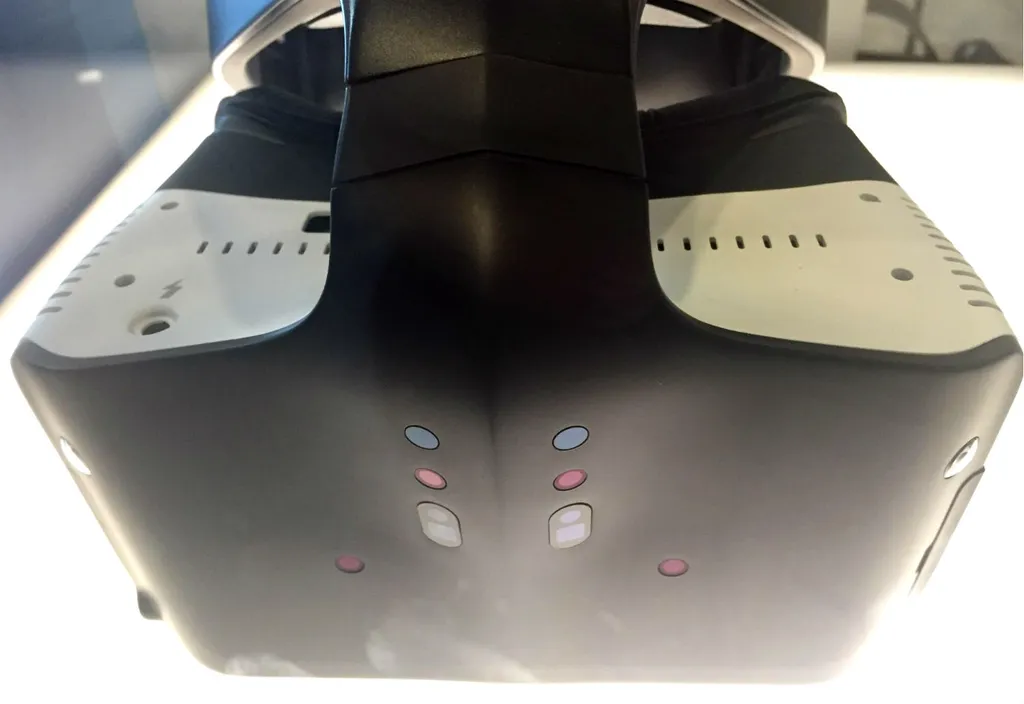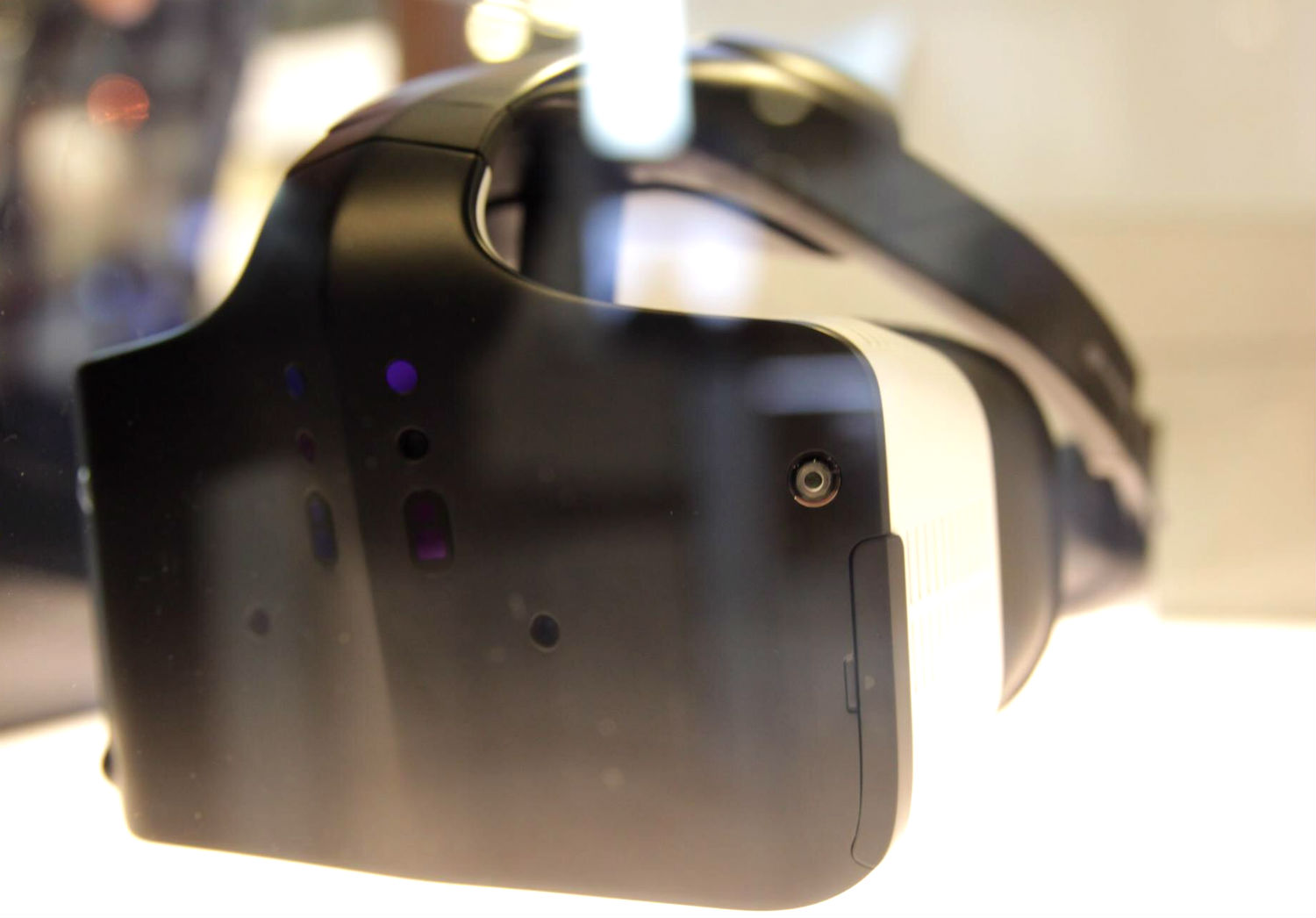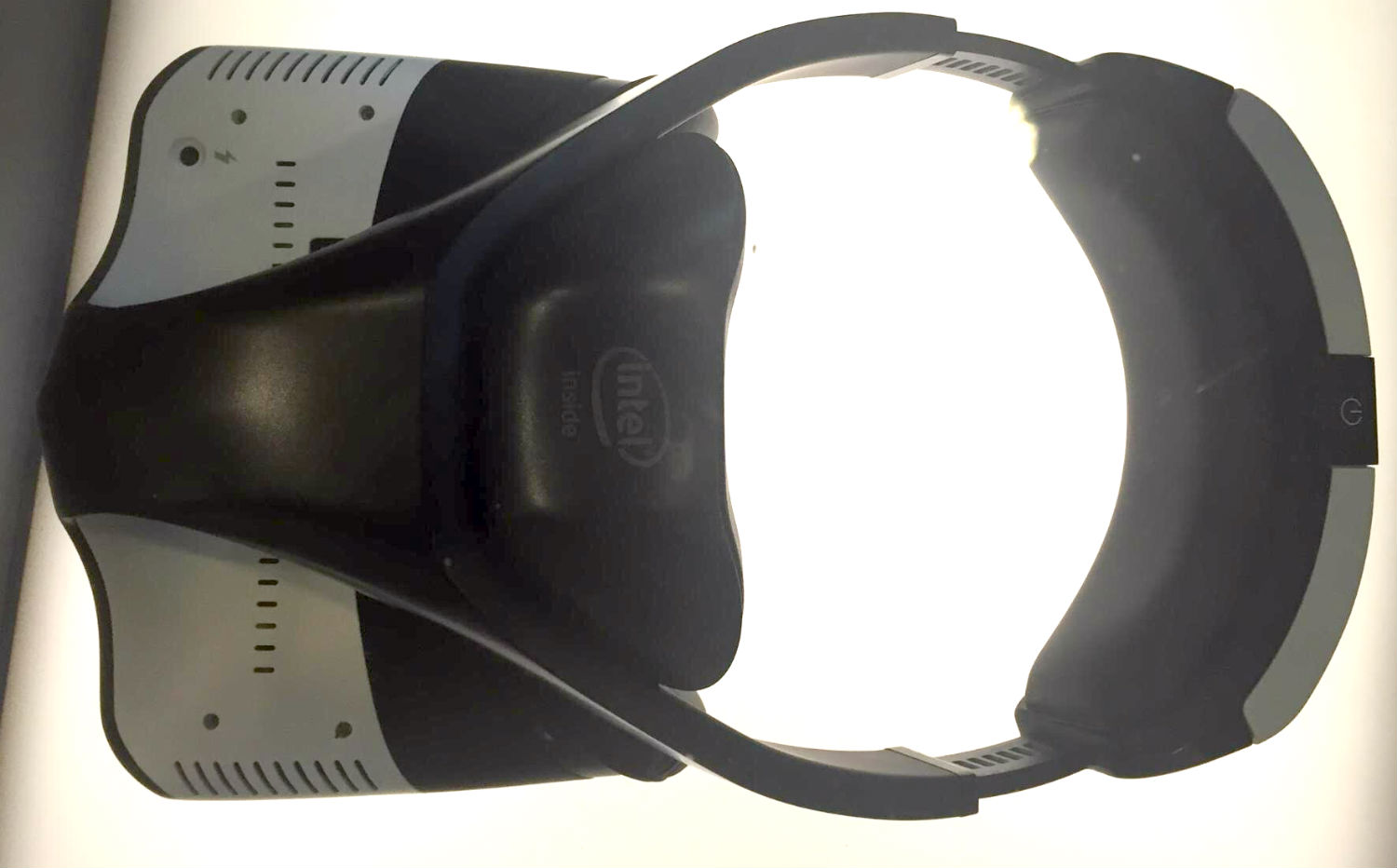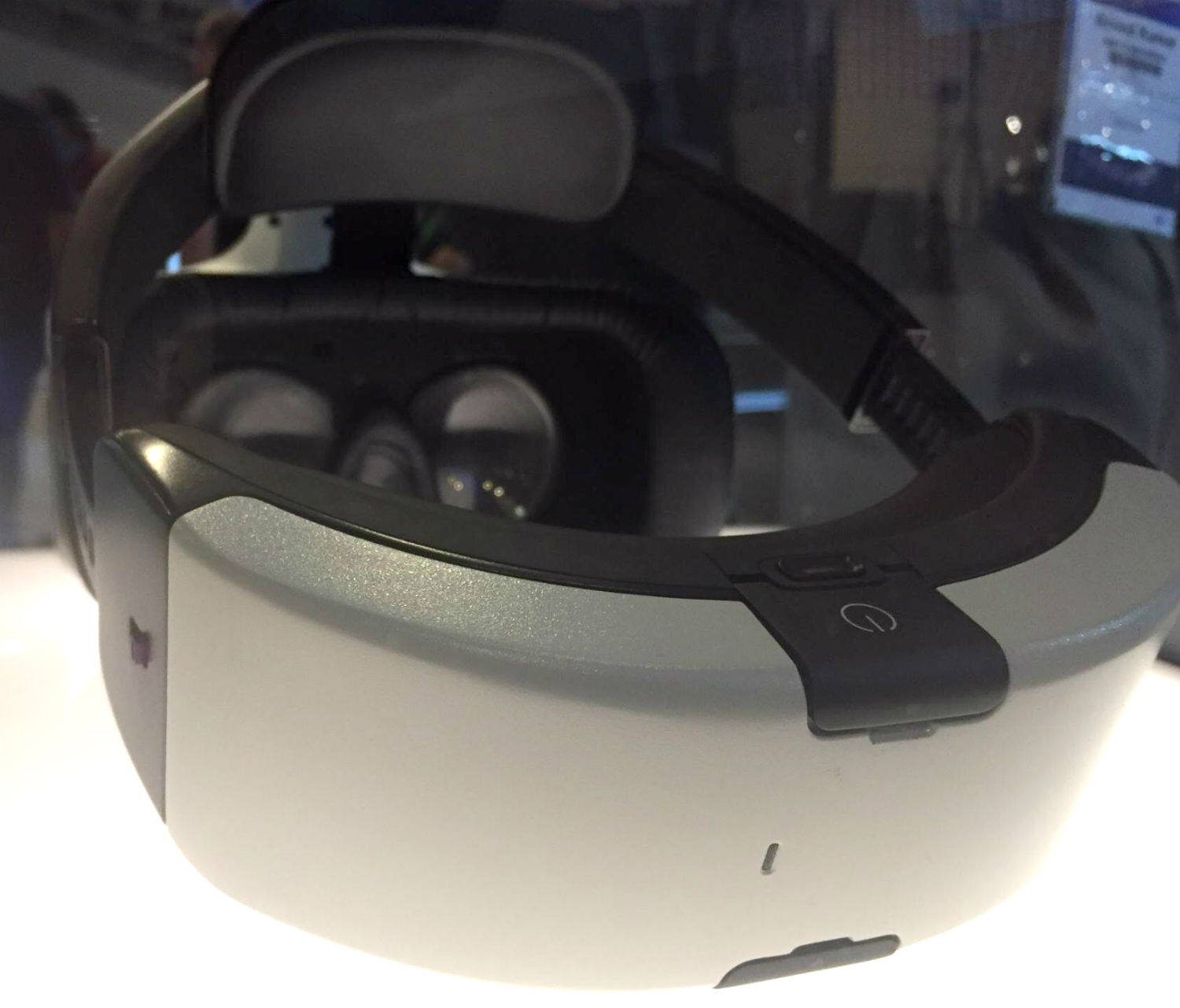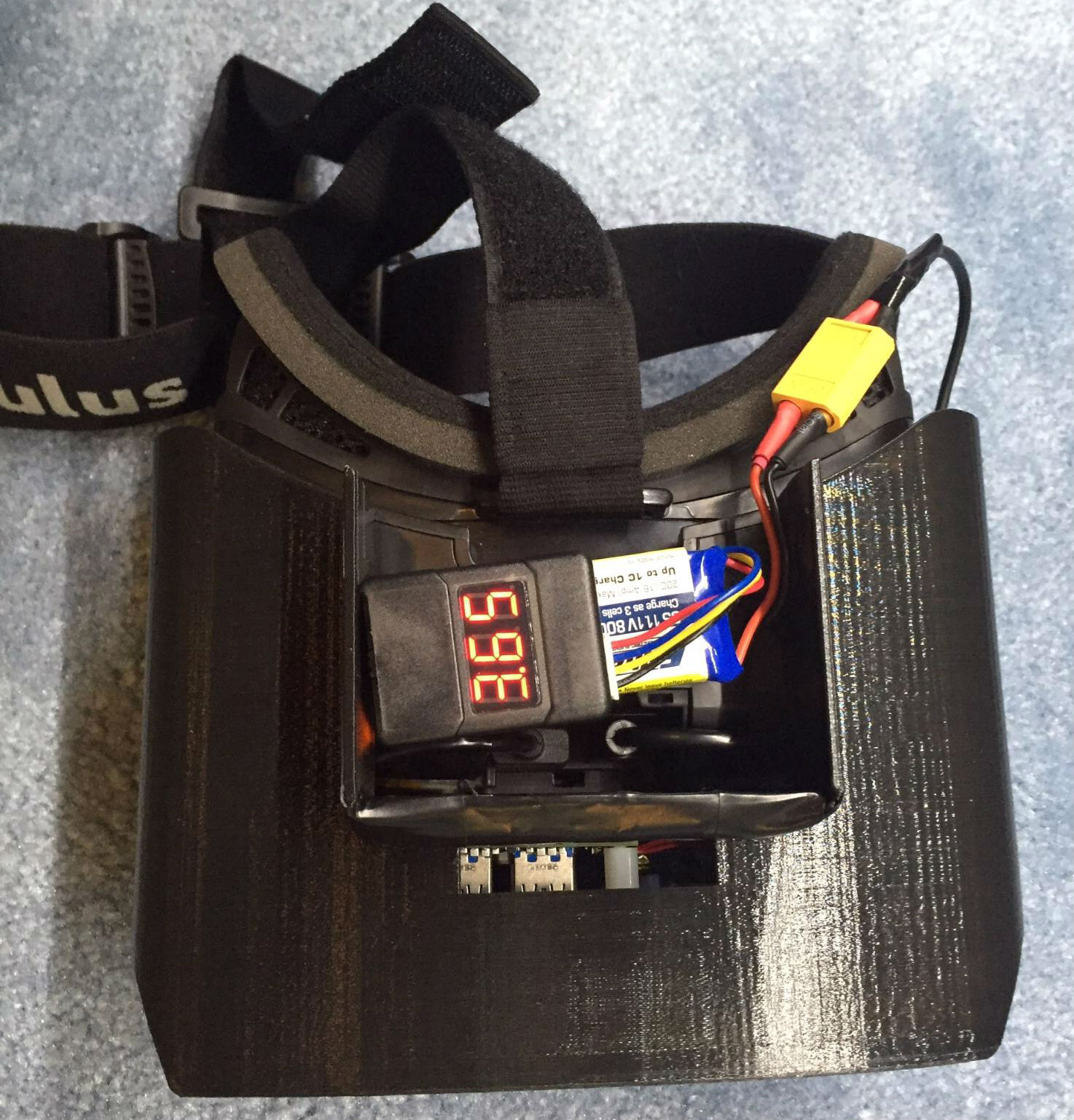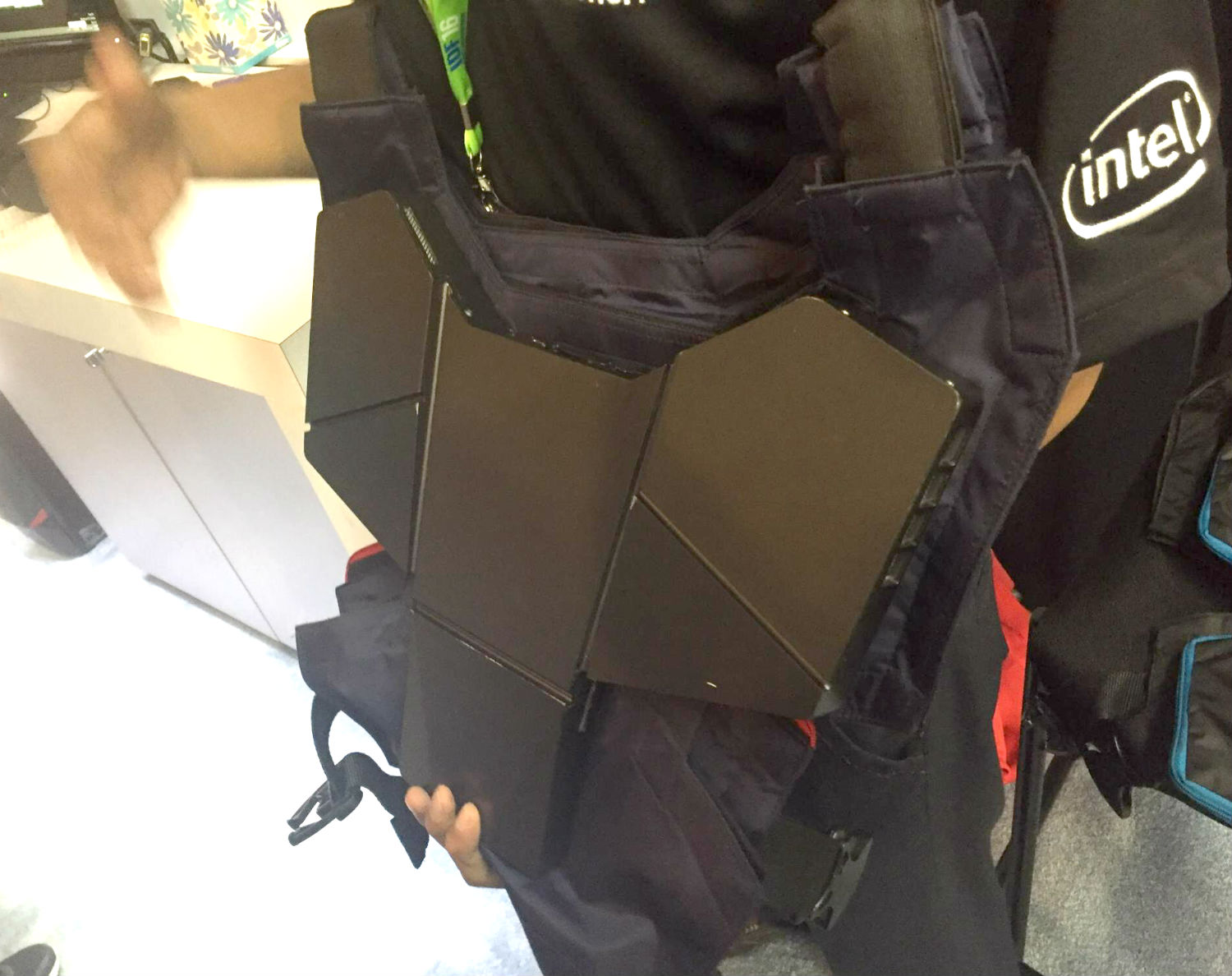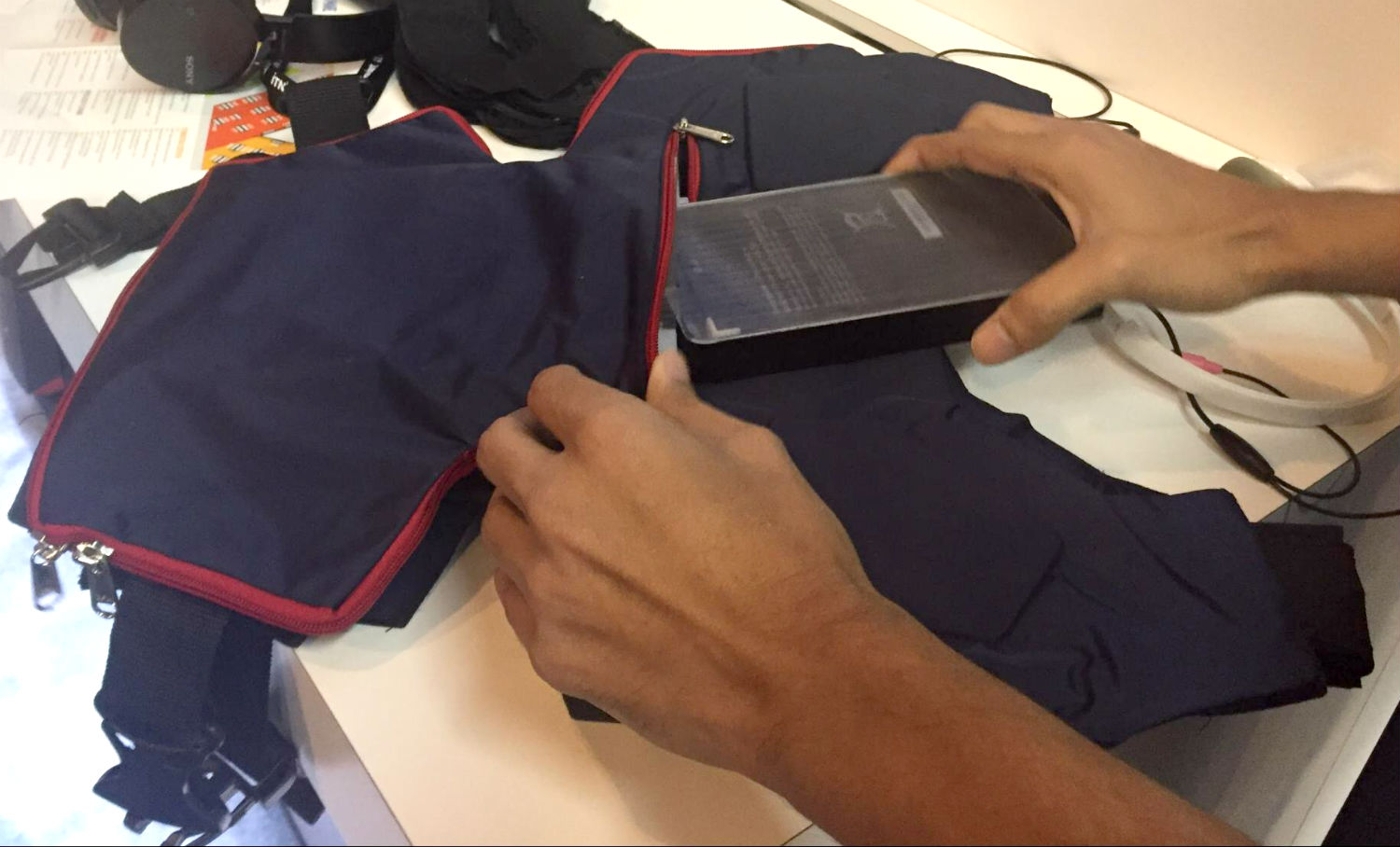This week in San Francisco Intel became the latest tech giant to reveal efforts in mixed reality. The crown jewel is Project Alloy, a mobile VR headset promising a variety of important features including hand tracking and inside out position tracking. There are other VR technologies on display at the Intel Developer Forum too and here’s a closer look at them.
Project Alloy
Intel’s Project Alloy is an all in one VR headset with inside out positional tracking, hand tracking and mixed reality integration with the people and objects in front of you. Intel plans to offer the technology to partners in late 2017 so we could see headsets available to consumers based on the technology likely sometime in 2018.
Alloy appears to be essentially a mobile computer with Intel Iris integrated graphics running on Windows 10. It should be compatible with Windows Holographic, which is an effort by Microsoft to get its operating system running inside a variety of VR and AR hardware.
Getting up close to the headset, there appear to be at least eight cameras on Project Alloy, but that’s based on a hand count looking at the device. Several of the cameras are meant to support tracking while others are RealSense depth sensors to support interactions with the outside world. There are also two cameras on the front of the headset — well positioned to represent each eye — for passthrough video. There appear to be buttons for volume, a 3.5 mm headphone port, an adjustable head strap and two buttons on the side.
Wireless VR Streaming From A PC
We also spotted a headset at IDF that would stream what you see inside the headset wirelessly from a PC nearby. Essentially, the idea is to replace the cable running from the headset to the PC using WiGig — a new Wi-Fi standard broadcasting at 60 GHz. Current antennas can transmit to a headset 15 feet away. That’s roughly the “room-scale” space you can enjoy in an HTC Vive, albeit tethered by a cord to the computer. Next generation antennas might be able to make it work in larger spaces.
The early experiment used a Rift DK2 for the headset and, currently, the setup was said to have a total motion to photon latency of 30 ms. That’s not quite fast enough to deliver a VR experience that isn’t stomach churning, but the belief is that the latency can be reduced with optimization. The appeal of such a device is huge. If all you have on your head is essentially a display and a big battery, future headsets might be able to shrink considerably.
Introducing The VR Vest
Intel introduced us to the VR vest — another R&D project featuring a book-sized mobile computer fit into a vest with a swappable battery that you can wear on your chest and walk around the VR room untethered. Being an early research prototype, the battery lasts for about an hour, so swapping batteries for long sessions would be expected.
Cooling is currently a big issue facing laptops and backpack PCs. Most gaming laptops can go up to 50°C, but having something that hot touch bare skin can leave a burn mark. Intel’s VR vest computer is said not to go beyond normal body temperature (37°C) by designing smart cooling systems with exhausts pushing air out of the sides and the top. The result is that you can walk or sit with the vest without worrying about burning the machine or yourself.

